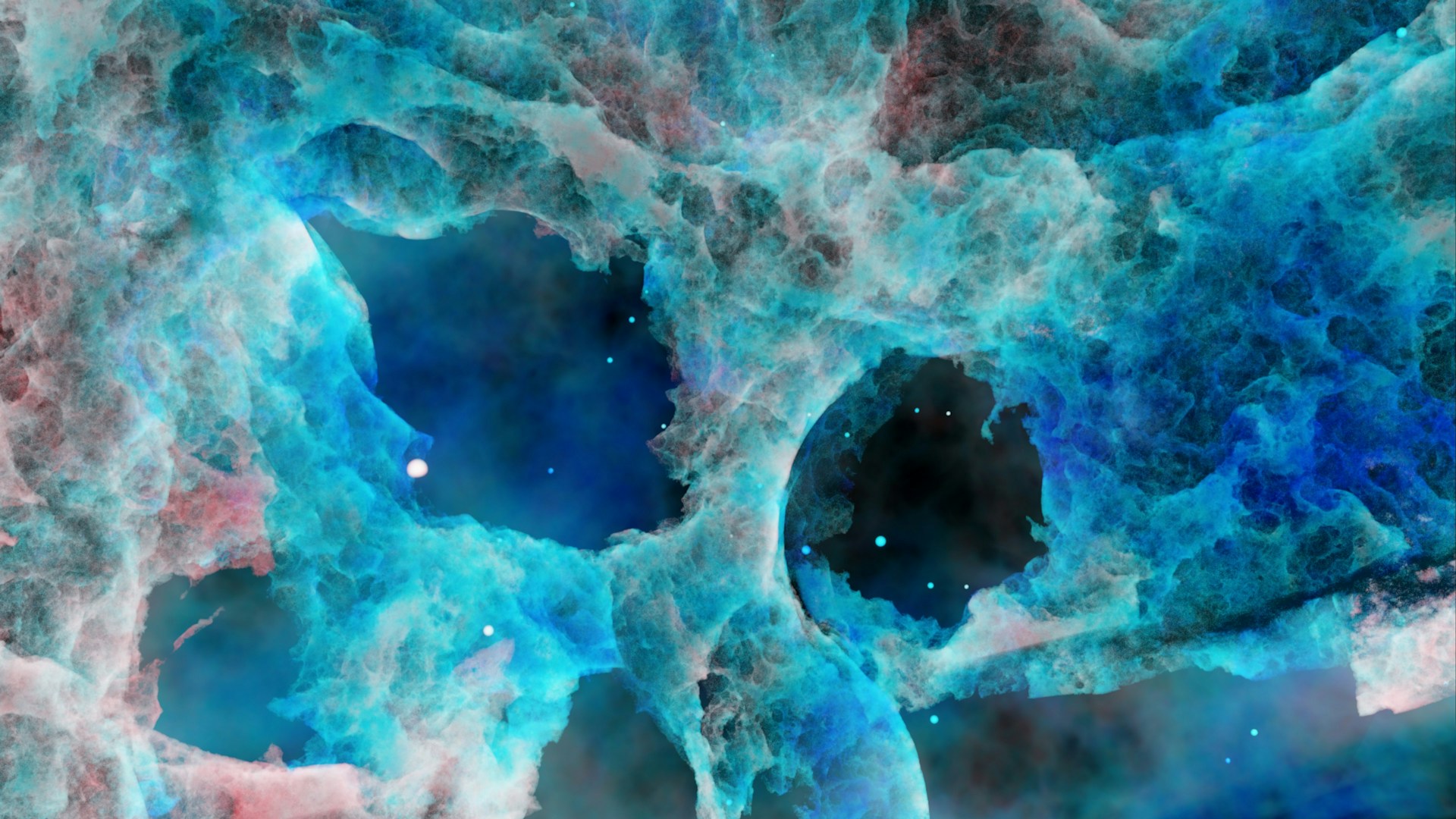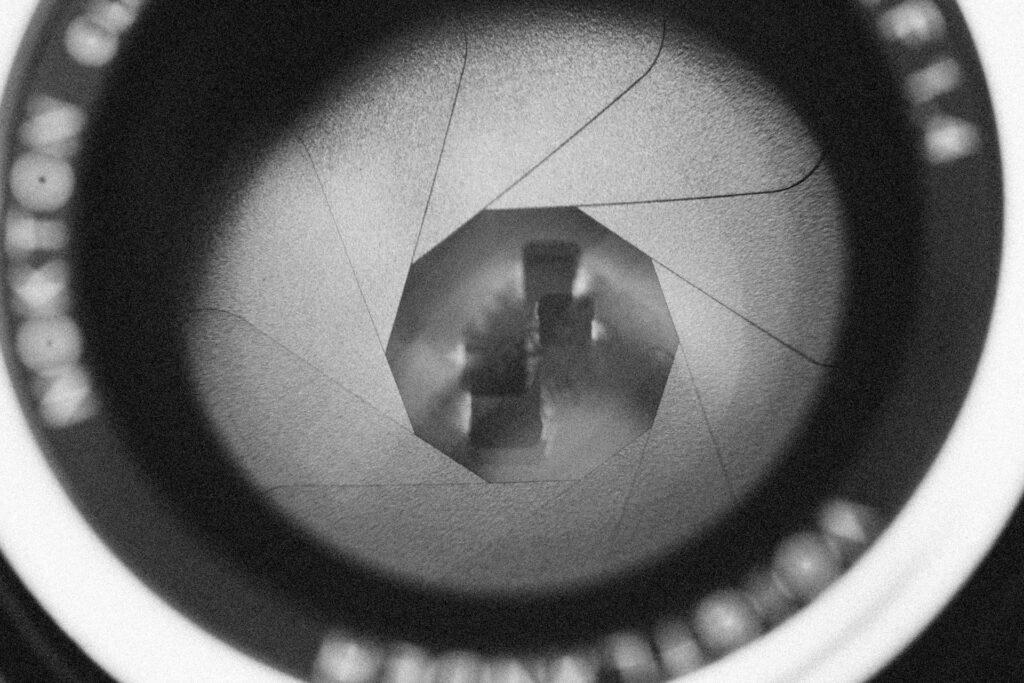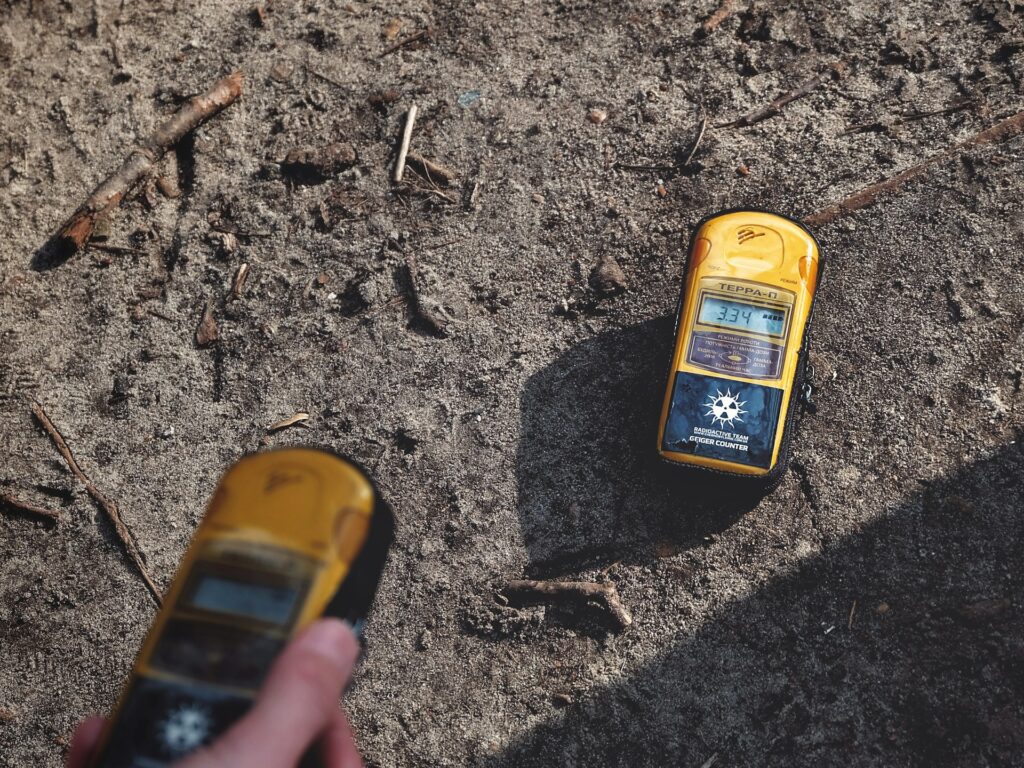A team of researchers at Michigan State University, led by Professor Marcos Dantus, has uncovered new pathways for the formation of H3+, a small but fundamental molecule often called the molecule that made the universe. The study identifies alternative mechanisms by which H3+ forms in doubly ionized organic molecules, expanding our understanding of astrochemistry and the processes that drive star formation.
Stamm, J., Priyadarsini, S. S., Sandhu, S., Chakraborty, A., Shen, J., Kwon, S., Sandhu, J., Wicka, C., Mehmood, A., Levine, B. G., Piecuch, P., & Dantus, M. (2025). Factors governingformation from methyl halogens and pseudohalogens. Nature Communications, 16(1), 410. https://doi.org/10.1038/s41467-024-55065-5
H3+, or trihydrogen, plays a central role in interstellar chemistry, influencing the creation of stars and other molecules in space. Traditionally, scientists have understood that H3+ forms when a hydrogen molecule, H2, collides with its ionized counterpart, H2+. However, researchers have long sought additional pathways to better explain the abundance and formation of this molecule in the cosmos.
The latest study reveals that certain compounds, including methyl halogens and pseudohalogens, can produce H3+ through a “roaming mechanism.” In this process, when a molecule undergoes double ionization; losing two electrons due to energy absorption from sources like cosmic rays or lasers; an H2 molecule is ejected but does not immediately escape. Instead, it roams around the remaining molecular structure, eventually capturing an additional proton to form H3+.
Professor Marcos Dantus, from Michigan State University stated,
“This was a highly unusual observation. Instead of breaking apart instantly due to the repulsion of two positive charges, the ejected hydrogen interacts with the molecule long enough to create H3+. It’s a much trickier process than the traditional Coulomb explosion we usually expect in doubly ionized molecules.”
The team, including Professor Piotr Piecuch, doctoral and postdoctoral researchers, and collaborators from other institutions such as Professor Benjamin Levine at Stony Brook University, combined ultrafast laser spectroscopy with advanced computational chemistry to observe and model this roaming mechanism. The study not only identifies molecules that can form H3+ but also those that do not, offering a predictive framework for future research.
“Even small organic molecules in interstellar clouds could contribute to the formation of H3+ in ways previously unaccounted for,” Piecuch said. “Understanding these alternative sources may refine models of cosmic chemistry, including star formation and molecular evolution in space.”
The discovery has implications beyond astrochemistry. H3+ plays a role in the chemical pathways that lead to complex organic molecules, and understanding its formation could inform research into planetary atmospheres, gas giants, and laboratory-based simulations of interstellar chemistry.
By establishing governing factors for H3+ formation through doubly ionized roaming, the MSU team has provided a tool for predicting which molecular structures may produce this key molecule. This approach could guide future investigations into the prevalence and behavior of H3+ across different cosmic environments.
“With hydrogen being the most abundant element in the universe, the traditional H2 and H2+ reaction remains dominant,” Dantus noted. “However, there are many organic molecules in diffuse molecular clouds, and these new mechanisms suggest additional sources of H3+ that could slightly alter our understanding of chemical reactions in space.”
The research highlights the interplay between experimental techniques and theoretical models, demonstrating how combining ultrafast spectroscopy with quantum chemistry can uncover previously hidden molecular dynamics. The study also provides visualizations of the roaming H2 process, giving scientists a dynamic view of molecular behavior at the quantum level.
By expanding the known mechanisms for H3+ formation, the Michigan State team has opened a new window into cosmic chemistry, providing a richer framework for understanding how molecules in space interact, evolve, and ultimately contribute to the birth of stars and planetary systems.

Adrian graduated with a Masters Degree (1st Class Honours) in Chemical Engineering from Chester University along with Harris. His master’s research aimed to develop a standardadised clean water oxygenation transfer procedure to test bubble diffusers that are currently used in the wastewater industry commercial market. He has also undergone placments in both US and China primarely focused within the R&D department and is an associate member of the Institute of Chemical Engineers (IChemE).



